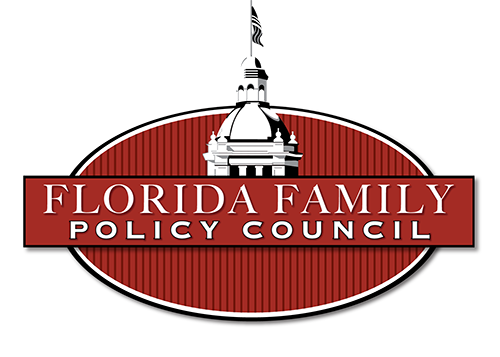 Mark Regnerus, a sociologist at the University of Texas at Austin, has published a new study in the July issue of Social Science Research showing that children raised by homosexual parents have distinct disadvantages compared to those raised by their married mothers and fathers.
Mark Regnerus, a sociologist at the University of Texas at Austin, has published a new study in the July issue of Social Science Research showing that children raised by homosexual parents have distinct disadvantages compared to those raised by their married mothers and fathers.
The Family Research Council calls this “the most careful, rigorous, and methodologically sound study ever conducted on this issue”.
A common problem has arisen in the debate surrounding gay marriage about children’s wellbeing: most studies showing the advantages of children raised by their married biological parents compared them to children of divorced or single parents, not homosexual parents; and most studies of the children of homosexual parents were done on anecdotal groups, failing to provide statistically viable or scientifically conclusive results.
In particular, Regnerus’ study finds overwhelming statistically significant evidence that children raised by their married mother and father
- Are less likely to be on welfare (17% as opposed to 69% of children of lesbian mothers and 57% of children of gay fathers)
- Have higher education attainment
- Report more safety and security in their family
- Are less likely to suffer from depression
- Have been arrested less
- Have fewer sexual partners
- Are less likely to be currently cohabitating
- Are more likely to be currently employed full-time
- Are less likely to identify as other than entirely heterosexual
- Are one-third as likely to have had an affair while married or cohabitating
- Are one-tenth as likely to have been touched sexually by a parent or other adult caregiver
- Are one-fourth as likely to have been physically forced to have sex against their will
- Use marijuana less frequently
- Smoke less frequently
- Less frequently watch TV for long periods of time
- Have less often plead guilty to a non-minor offense
- Children raised by a lesbian mother were ten times more likely to have been “touched sexually by a parent or other adult caregiver” (23%, vs. 2% for children of married biological parents), while those raised by a homosexual father were three times more likely (6%).
- Nearly four times as many children of lesbian mothers (31%) and three times as many children of gay fathers (25%) reported they have “been physically forced” to have sex against their will (not necessarily in childhood), compared to children of married biological parents (8%).
Read Regnerus’ full study in Social Science Research
